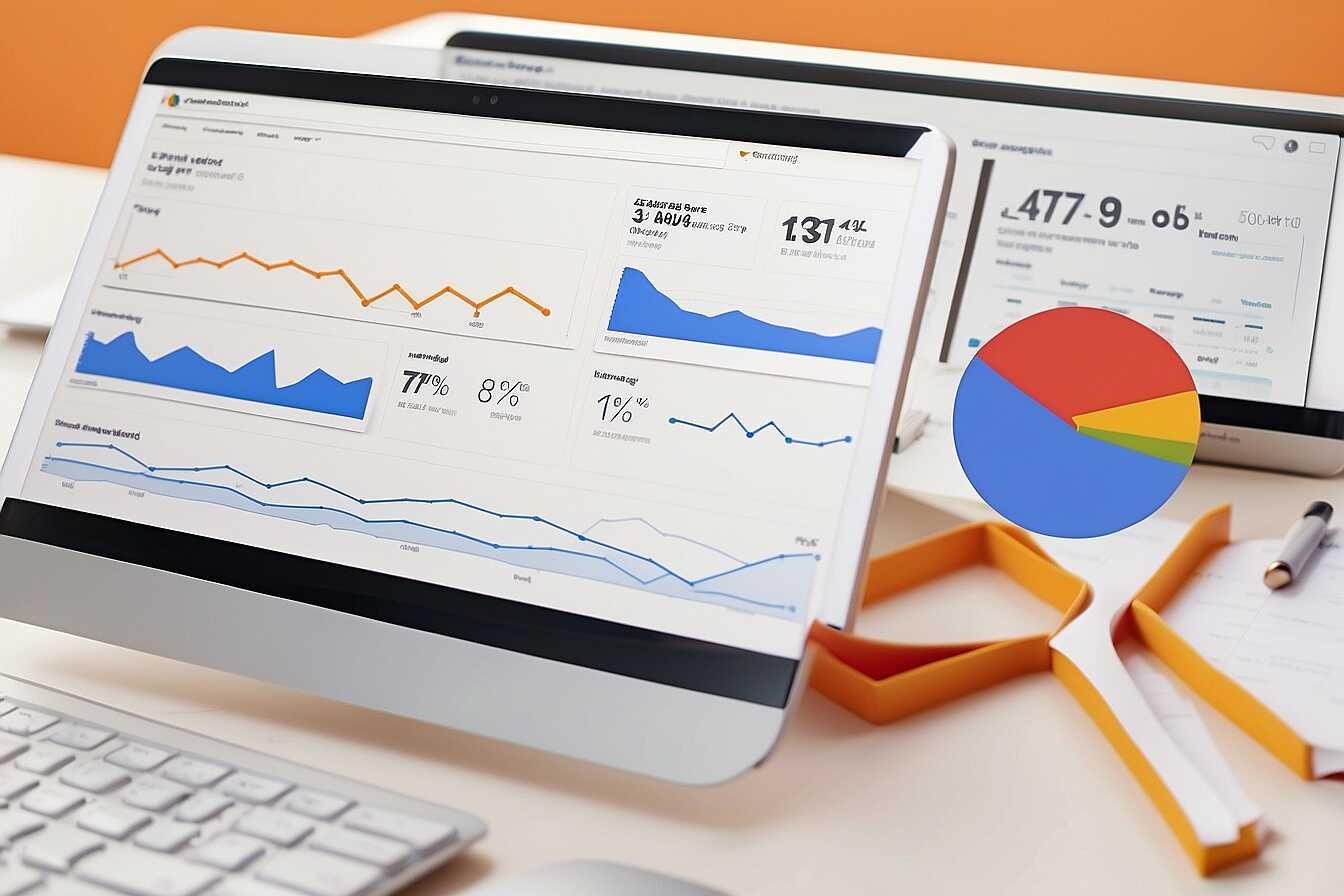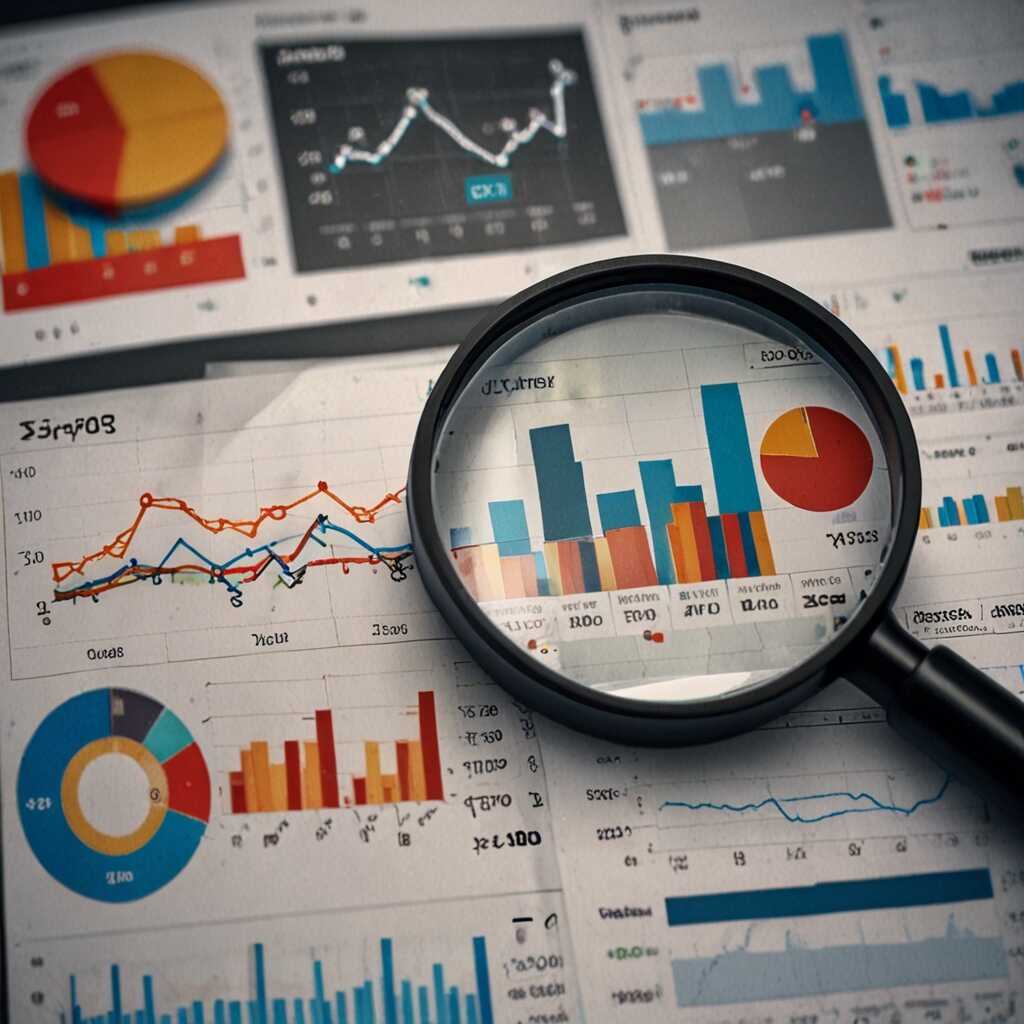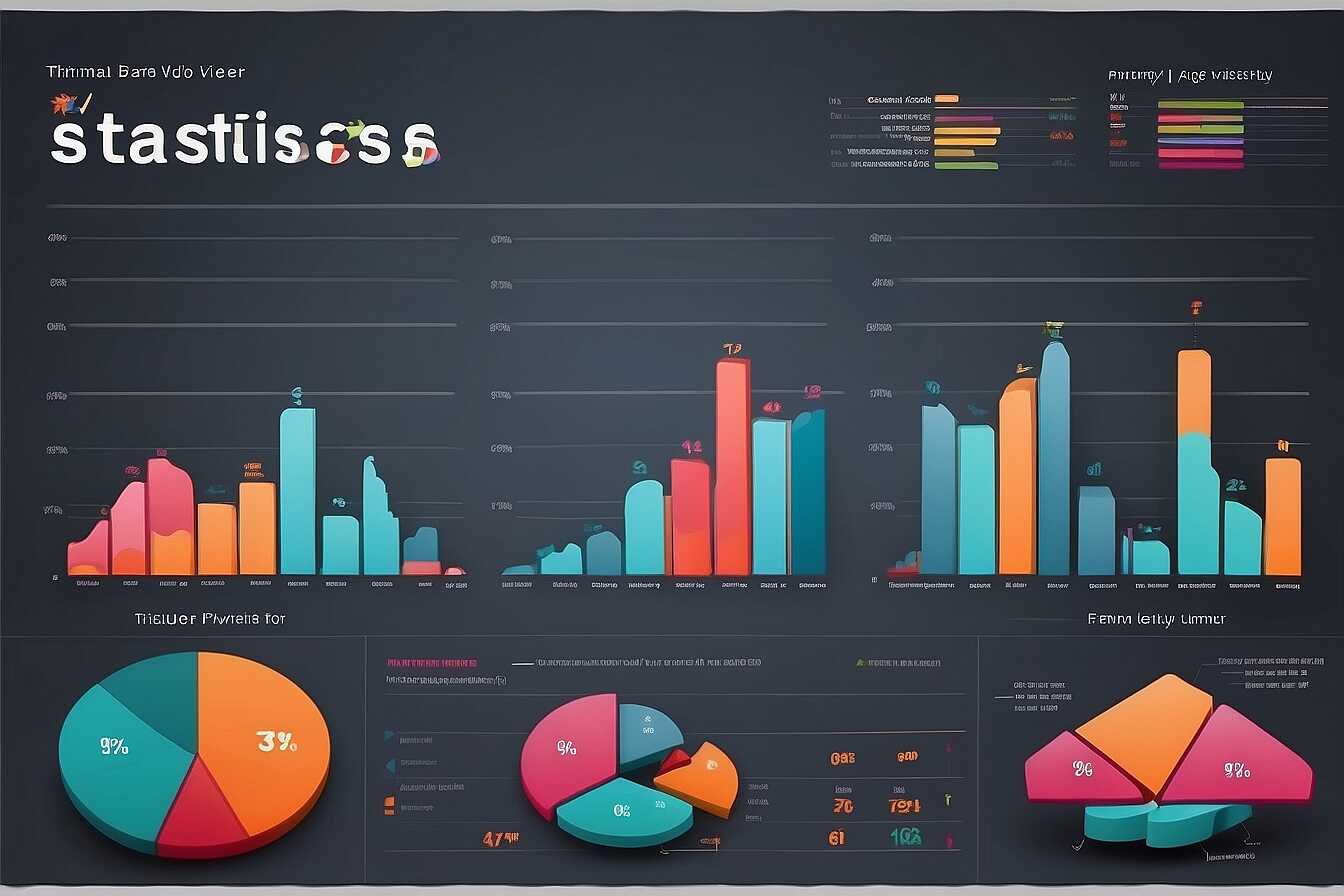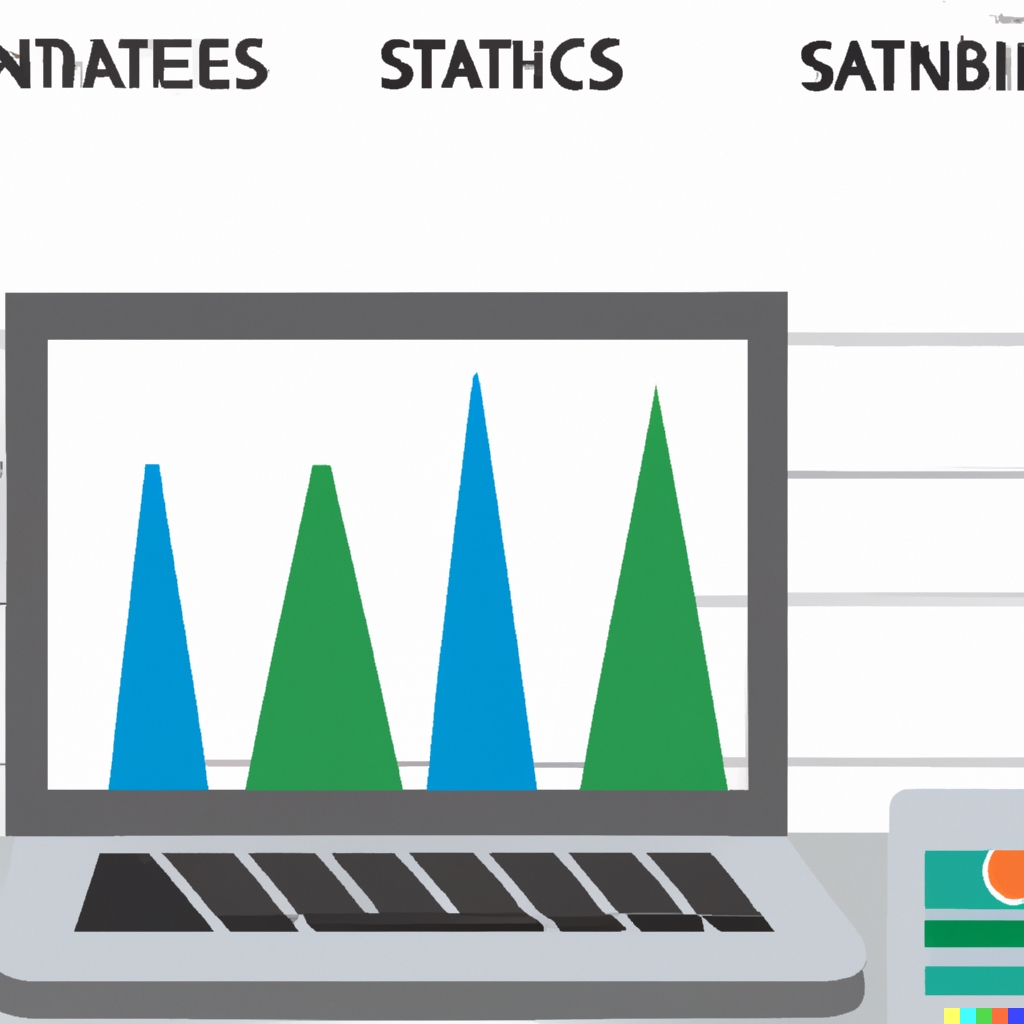The key differences in SEO strategies between Google and Bing can significantly impact your website’s performance. Understanding these differences allows marketers to tailor their approaches, ensuring better visibility and traffic across both search engines. At Metrics Rule, we analyze how Google’s sophisticated algorithms and Bing’s unique ranking criteria influence SEO best practices. By leveraging these insights, you can optimize your digital marketing efforts and improve your website ranking strategies effectively.
Overview of the SEO Ecosystem Between Google and Bing
Google and Bing each have unique characteristics that shape their SEO practices. Google dominates the search market with over 90% market share, providing a wide range of features that enhance user experience, such as advanced AI algorithms and personalized search results. In contrast, Bing accounts for a smaller yet significant portion of the market and offers features like image search and integration with social media platforms. Understanding these differences is essential for marketers aiming to enhance their SEO strategies effectively across both platforms. The influence of user behavior on each search engine can also alter the relevance of specific practices, making it critical to tailor strategies for better outcomes. In terms of search volume, Google processes approximately 3.5 billion queries daily, while Bing handles around 1 billion. This discrepancy highlights the importance of focusing on Google primarily, but also considering Bing for specific target audiences, especially in niche markets.
Understanding User Behavior in Search Engines
User behavior plays a pivotal role in how Google and Bing develop their algorithms and feature sets. For example, Bing’s emphasis on visual content makes it unique when it comes to image search optimization. On the other hand, Google prioritizes page speed and mobile optimization, enhancing user experience. Marketers should research these behavioral patterns to adapt their SEO strategies. This includes exploring keyword research tactics that align with the specific optimization practices each search engine utilizes. By focusing on these details, digital marketers can create content that resonates with users and improves visibility across both search engines.
Comparing Search Algorithms and Their Impact on Rankings
The primary differences in the search algorithms used by Google and Bing revolve around their criteria for ranking web pages. Google’s algorithm relies heavily on PageRank and user behavior metrics, ensuring it provides reliable results based on user engagement and click-through rates. Bing, on the other hand, places more emphasis on social signals and backlinks, enhancing its ability to surface content that’s trending on social media platforms. These differences influence SEO strategies, as marketers must tailor their efforts to optimize for each platform’s nuances. For instance, content creators may need to focus on social sharing to perform better in Bing while investing more in user experience to rank highly on Google. In 2023, Google accounts for about 92% of search traffic, while Bing holds approximately 3%, highlighting the need for targeted strategies.
Understanding How Ranking Criteria Differ
Understanding how ranking criteria differ between Google and Bing is essential for effective SEO strategies. Google prioritizes content relevance and user engagement, making it crucial for marketers to focus on creating high-quality, engaging content that addresses user intent. Meanwhile, Bing rewards sites with robust social signals and a strong backlink profile, indicating the importance of leveraging social media for visibility. To optimize for both search engines, marketers should utilize data analytics tools to monitor performance and adjust strategies accordingly. Implementing a dual approach enhances visibility and ensures that content reaches its target audience, regardless of the search engine being used.

Tailoring Content for Optimal Engagement on Each Platform
Marketers can enhance user engagement by creating customized content strategies that resonate with the specific preferences of Google and Bing users. Understanding user intent is essential, as Google often prioritizes high-quality, informative content. In contrast, Bing users tend to appreciate visual elements and rich media more. Thus, marketers should analyze performance data to identify which content types, such as blogs or infographics, gain traction on each platform. The use of analytics tools enables them to stay informed about changing user habits and preferences, ensuring that their content meets those evolving demands.
Types of Content That Drive Engagement on Google and Bing
Creating content that appeals to both Google and Bing users requires an understanding of their differing preferences. Google often rewards comprehensive articles that answer specific questions in-depth, with an ideal length of around 1,500 to 2,500 words. Meanwhile, Bing users engage more with articles that incorporate visuals, such as images and videos. This makes adding multimedia essential for driving clicks and shares. Research indicates that content pieces blending textual and visual elements yield better engagement metrics on Bing. Ensuring a rich multimedia approach alongside high-quality written content can significantly boost SEO performance across both platforms.
Numerical Insights on Search Engine Variations
- Google holds about 92% of the global search market share.
- Bing captures around 2.7% of all search queries worldwide.
- Google processes over 3.5 billion searches daily.
- Bing, in contrast, processes about 1 billion searches each month.
- Approximately 70% of Google results contain rich snippets.
- Bing emphasizes image search, accounting for about 30% of its results.
- Google ranks webpages based on over 200 factors.

Keyword Utilization Tactics for Google and Bing Success
Understanding the keyword targeting strategies employed by Google and Bing is essential for marketers. Google emphasizes natural language processing and user intent. This impacts how Bing keyword optimization can differ by focusing on exact match keywords and content relevancy. Marketers can leverage tools like Google Keyword Planner and Bing Keyword Research to analyze keywords effectively. These tools enhance the visibility of their content in search results, ensuring a robust online presence. The combination of insights from both platforms contributes to a more comprehensive SEO strategy.
Maximizing Keyword Integration Across Platforms
To maximize keyword integration across both Google and Bing, marketers should implement targeted research that is designed for each platform’s unique algorithms. For Google, utilizing semantic keywords and long-tail phrases is beneficial, as this encourages natural language searches. On the other hand, Bing benefits from precise keywords that align closely with user queries. A continuous testing and reviewing process is crucial for enhancing website visibility, as it allows marketers to adjust their strategy based on real-time performance data. Consistently applying these best practices will lead to greater search engine visibility and improved SEO results.

Differentiated Link Building Techniques for Search Engines
Understanding the differences between link-building strategies for Google and Bing is crucial for effective SEO performance. Google emphasizes high-quality backlinks from authoritative domains. This means relevance and trust play significant roles. Google appreciates links that stem from niche-specific and authoritative sites. In contrast, Bing values a mix of link types, including social signals and local backlinks. This means engaging with local businesses and communities can enhance your visibility on Bing. Tailoring your link-building efforts to these preferences enhances your website’s chances of ranking higher on both search engines.
Understanding Backlink Types and Their Importance
When it comes to backlink types, Google prioritizes those from established websites that have proven authority and relevance. This includes links from well-respected blogs, news sites, and industry-specific platforms. Bing, however, tends to value a more diverse backlink profile, allowing for links from social media, as well as local directories. Engaging in local partnerships or creating content that resonates with the community can yield positive results. By understanding these nuances, digital marketers can craft link-building strategies that are not only efficient but also designed to meet the unique needs of each search engine.
Advantages of Understanding Search Engine Strategies
- Enhanced visibility on both search platforms elevates your brand’s reach.
- Effective SEO strategies boost web traffic from Google and Bing.
- Understanding ranking differences helps tailor content for better impact.
- Optimizing for Bing can yield quicker results due to less competition.
- Improving footer links aids user navigation on your site.
- Utilizing analytics helps marketers make informed decisions.
- Balancing SEO efforts increases conversions across both platforms.

Essential Technical SEO Considerations for Both Platforms
Technical SEO is crucial for enhancing website performance on both Google and Bing. Key technical factors include website structure, which affects how easily search engines crawl and index your pages. While Google prioritizes mobile optimization and site speed heavily in its ranking algorithm, Bing places more emphasis on on-page signals and content quality. Understanding these differences helps marketers tailor their strategies effectively. Research shows that around 75% of websites optimized for mobile experience better indexing results across both platforms. Testing your site speed and applying the best practices for technical optimization can significantly improve your search performance.
Importance of Website Structure and Speed for SEO
Website structure is fundamental for efficient crawling and indexing by Google and Bing. A well-organized site with clear navigation allows search engine bots to discover content quickly. Google’s algorithms reward clean, hierarchical sites, while Bing evaluates keyword placement and page authority more extensively. Ensuring that your website loads quickly is also essential. Sites that perform well in speed tests typically rank higher because both Google and Bing recognize speed as crucial for user experience. In fact, businesses focusing on speed and structure are reporting improvements of up to 50% in organic search traffic. Implementing a responsive design, optimizing images, and utilizing caching techniques can enhance performance and ultimately lead to better SERP visibility.
Effective Local SEO Practices for Google and Bing
Local SEO strategies for Google and Bing have key differences that marketers should understand to enhance local search visibility. Google emphasizes the importance of Google My Business (GMB) profiles, encouraging businesses to keep their information updated with accurate hours, contact details, and compelling images. Marketers should also integrate relevant keywords into their GMB descriptions for better performance. Conversely, Bing Places has its own unique features, such as the Bing Q&A, which allows users to ask questions directly on a business listing. Businesses should actively engage in responding to these inquiries to improve their standing. Both platforms benefit from customer reviews, but Google significantly prioritizes locations with higher ratings in local rankings, making it essential to monitor and respond to user reviews.
Understanding Google My Business vs. Bing Places
Google My Business (GMB) revolves around accuracy, engagement, and customer feedback, which are crucial for local SEO. A well-optimized GMB profile can lead to increased visibility in local search results. Businesses should provide comprehensive information, including categories, address, and unique attributes like “wheelchair accessible.” Bing Places, meanwhile, offers features such as managing listings through a simple dashboard and is known for its easy integration with Windows and Cortana. Marketers must optimize listings on both platforms and pay attention to user engagement metrics. Utilizing tools like AI to analyze customer feedback and performance data helps fine-tune Local SEO strategies effectively, ensuring businesses stand out against the competition in 2025 and beyond.
Brands and Their Approach to Search Optimization
- Google provides advanced features, enhancing user experience and satisfaction.
- Bing offers unique rewards programs, incentivizing user engagement.
- SMEs often prefer Google due to its vast audience reach.
- Larger businesses may leverage Bing for cost-effective advertising solutions.
- Many healthcare companies utilize both search engines for patient outreach.
- E-commerce brands tap into Bing’s image search for better product visibility.
- Educational institutions focus on Google for student recruitment strategies.
Evaluating SEO Performance Metrics on Google and Bing
To effectively measure SEO performance on Google and Bing, a range of metrics and tools exist that can enhance your strategies. Key performance metrics include organic traffic, click-through rates, and bounce rates, which provide insights into user engagement on your website. Google Analytics offers comprehensive data on user behavior, while Bing Webmaster Tools provides unique metrics specific to Bing’s search engine performance. Using these tools, you can track critical metrics such as crawling errors, indexing issues, and overall visibility on both platforms. This helps ensure that your SEO strategies are refined and optimized for maximum effectiveness.
Comparing Google Analytics and Bing Webmaster Tools Features
Understanding the differences between Google Analytics and Bing Webmaster Tools is essential for optimizing your SEO performance. Google Analytics is designed for deep insights into user behavior, offering features like real-time traffic data and conversion tracking. In contrast, Bing Webmaster Tools provides features aimed at improving site performance on Bing, such as keyword research specific to Bing’s search algorithms. These tools offer unique data insights that can help marketers prioritize page optimization strategies according to each platform’s nuances. As the digital landscape evolves, using a combination of these tools can enhance overall SEO effectiveness and improve rankings in 2025.
